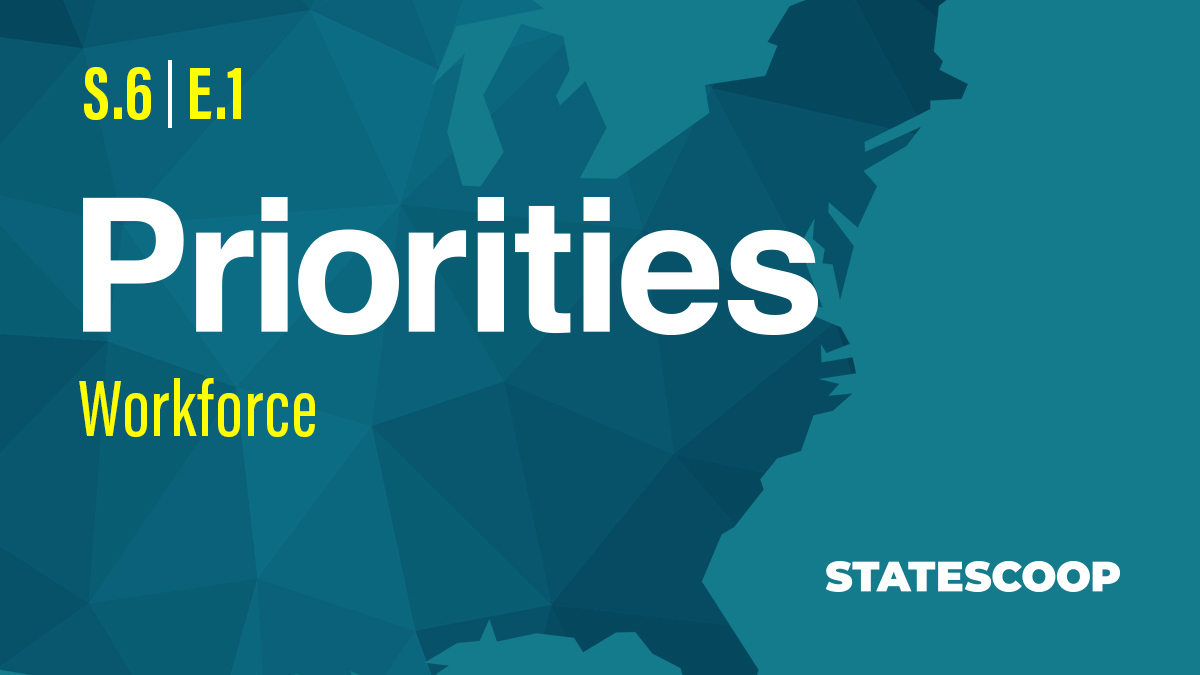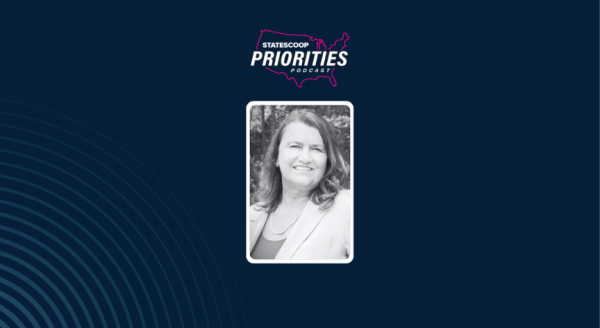
State IT workforce challenges? Change your messaging, say CIOs
To overcome disadvantages in competing with the private sector for technical talent, North Dakota Chief Information Officer Shawn Riley says state governments need to rebrand what it means to work for the public sector.
“We need to change the message so that people are coming to the public sector based on service, based on their heart,” Riley says on StateScoop’s Priorities podcast. “You’re not going to come here and get rich. And the reality is that you can’t simply advertise: ‘Hey we have a job.’ What you have to do is advertise: ‘We have a mission, we have a purpose.’”
State IT administrators have for years fretted over the “silver tsunami,” a mass exodus of aging technical workers, many of whom may be the last employees familiar with Fortran, COBOL and other outmoded programming languages used by legacy platforms that continue to burden many enterprises.
Texas CIO Amanda Crawford says the challenge of attracting and retaining IT staff is as hard now as it’s ever been.
“It’s a very competitive environment for this particular skill set that we’re looking for,” Crawford says. “In fact, IT is one of the top job categories where Texas’ agencies have the hardest time retaining our employees.”
Crawford points to a recent investigation by the Texas state auditor’s office finding a 38% annual turnover rate for all employees in the state government under age 30, with pay and retirement benefits cited as the chief reasons for departure. And in Texas’ federated IT environment, agencies compete not only with the private sector, but also with each other, she said, as employees with coveted skills bounce around for pay bumps.
Both Crawford and Riley say that while the supply of technical talent continues to increase, it remains constantly outpaced by an even faster-rising demand for IT skills. Partnering with universities to build a pipeline to government and ramping up skills training among the existing ranks of state IT workers are common solutions used in Texas, North Dakota and elsewhere, but both CIOs say finally overcoming this challenge will require a major shift in recruitment strategy.
“Recently we’ve partnered with local colleges to complete IT projects that give those students hands-on experience and it’s just a great opportunity to give students who are just about to start their careers a chance to see first-hand what it’s like to work in the public sector and to see that there’s more to a career and to working than perhaps just the dollar figure, that we have a lot to offer through the public sector,” Crawford says.
Riley says states should be targeting people who aren’t primarily interested in financial compensation, a category he placed himself in.
“I’m here purely on purpose,” he says. “I’ve been a private sector guy my whole life. I took a pay cut to come here. I’m not here for the salary. I’m here for the ability to help change the world.”
On the podcast:
- Amanda Crawford, CIO, Texas
- Shawn Riley, CIO, North Dakota
- Colin Wood, managing editor, StateScoop
Listen to archived episodes of Priorities from Season 5 (2020), Season 4 (2019), Season 3 (2018), Season 2 (2017) and Season 1 (2016). Catch all of StateScoop’s podcasts on Soundcloud, Apple Podcasts, Spotify, Google Play, Stitcher or Alexa’s TuneIn.


